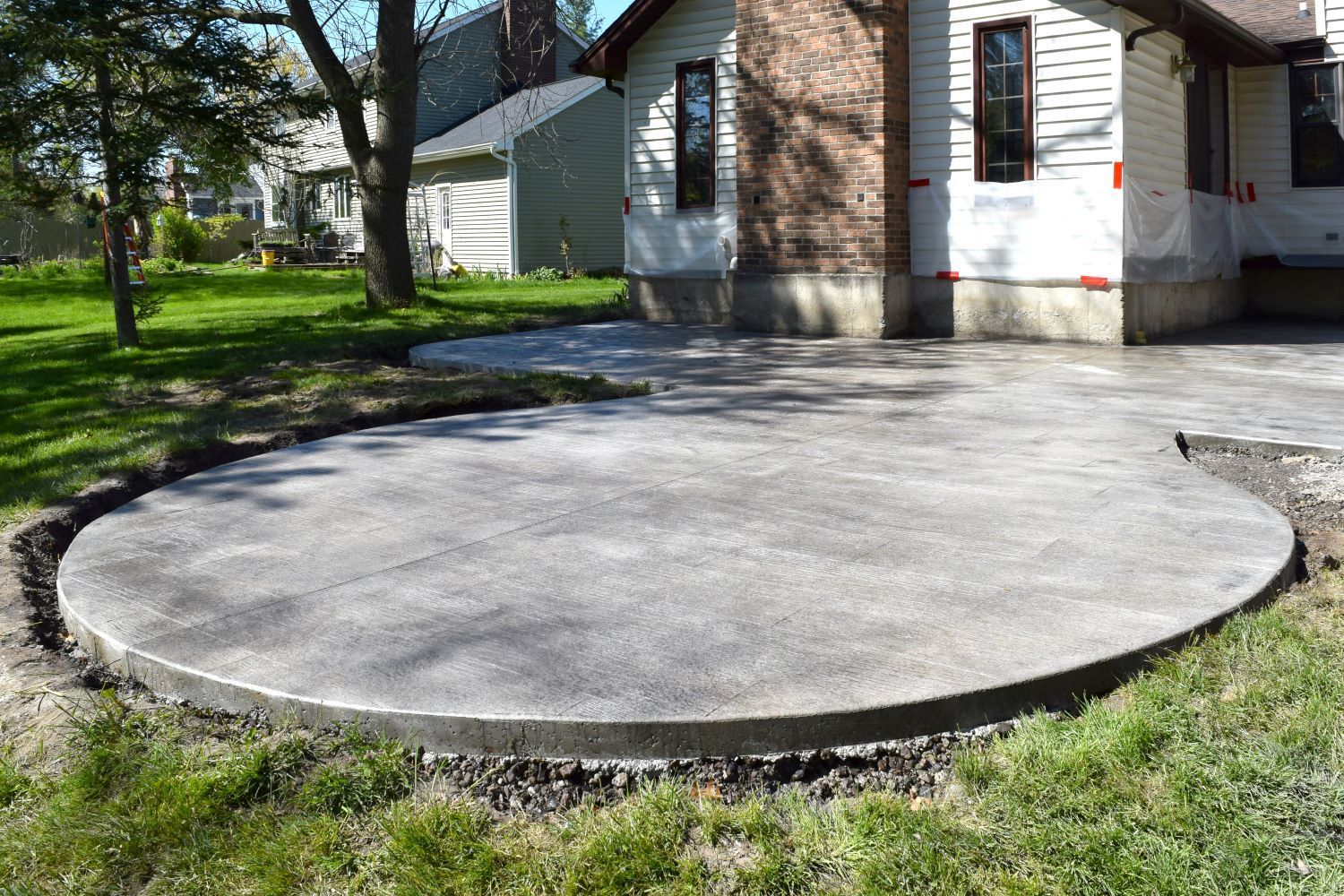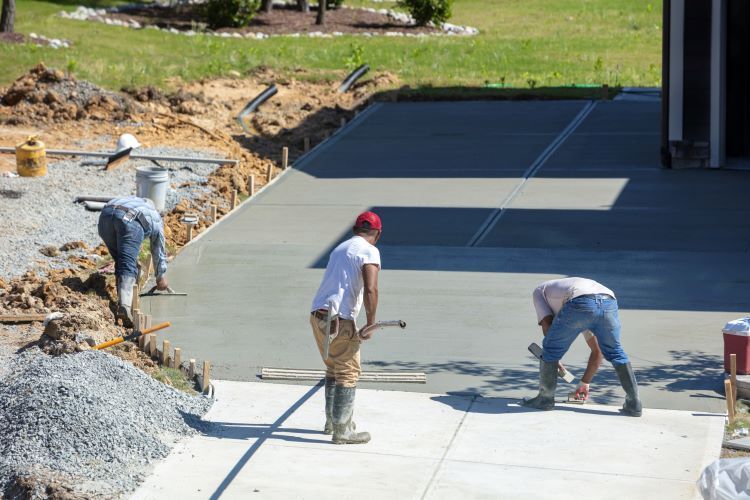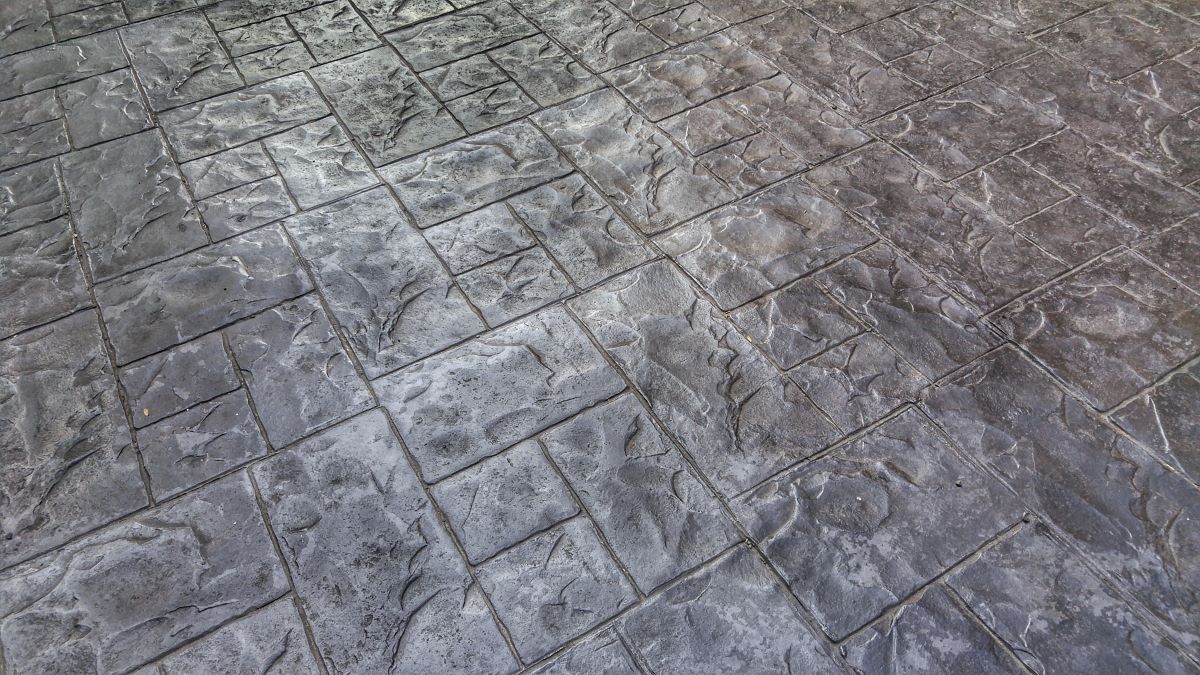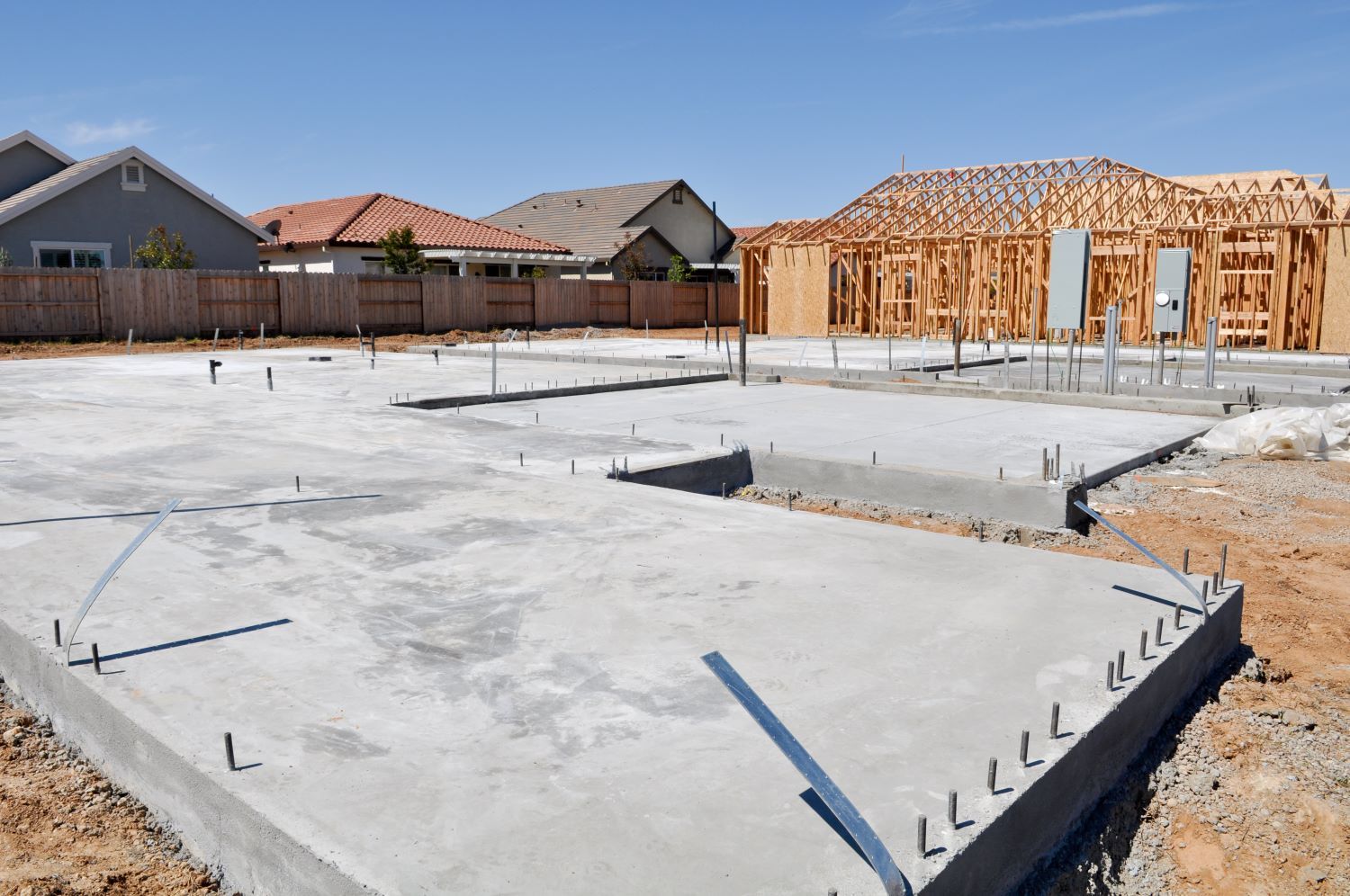The Process for Asphalt Pavement Installation
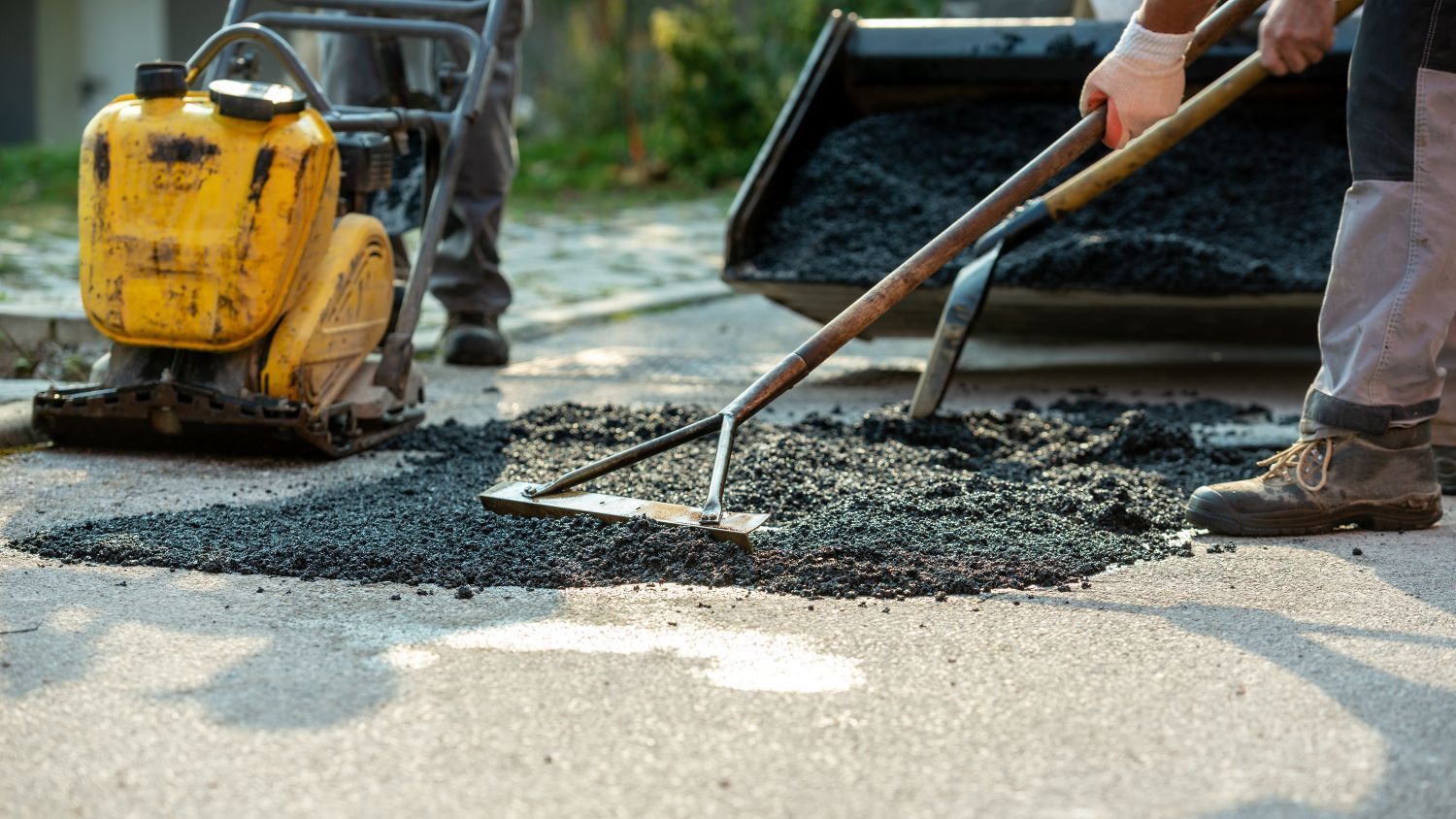
Asphalt pavement is a popular choice for driveways, parking lots, and roadways due to its durability, flexibility, and cost-effectiveness. If you're considering asphalt paving for your property in St. John's, Newfoundland, understanding the installation process is essential for a successful project. In this article, we'll walk you through the step-by-step process of asphalt pavement installation.
1. Site Preparation:
The first step in asphalt pavement installation is thorough site preparation. This includes clearing the area of any vegetation, debris, or existing pavement. The surface should be graded to ensure proper drainage and a smooth, level base for the asphalt.
2. Subgrade Preparation:
Once the site is cleared, the subgrade is prepared to provide a stable foundation for the asphalt pavement. This may involve compacting the soil, adding a layer of aggregate base material, and grading the surface to achieve the desired slope and compaction.
3. Installation of Aggregate Base:
A layer of aggregate base material is then spread and compacted over the prepared subgrade. This base layer provides additional stability and support for the asphalt pavement above. The thickness of the aggregate base will depend on factors such as soil conditions, traffic load, and climate.
4. Asphalt Mix Production:
The next step is the production of the asphalt mix. This involves heating and mixing aggregates (such as gravel, sand, and stone) with asphalt binder in a specialized asphalt plant. The resulting hot mix asphalt (HMA) is then transported to the job site for installation.
5. Asphalt Pavement Installation:
The asphalt mix is transported to the job site and placed on the prepared surface using paving equipment such as an asphalt paver. The asphalt mix is spread evenly and compacted to achieve the desired thickness and density. This process may involve multiple passes with the paving equipment to ensure uniform coverage and compaction.
6. Compaction:
After the asphalt mix is placed, it must be compacted to remove air voids and achieve optimal density. This is typically done using heavy rollers, which apply pressure to the surface and smooth out any imperfections. Proper compaction is essential for the long-term durability and performance of the asphalt pavement.
7. Finishing Touches:
Once the asphalt pavement is compacted, any necessary finishing touches are applied. This may include sealing cracks and joints, installing edge restraints, and applying a sealcoat or surface treatment to protect the pavement from water, UV rays, and other environmental factors.
8. Curing and Traffic Control:
Finally, the newly installed asphalt pavement is allowed to cure and harden before being opened to traffic. This typically takes a few days, during which time traffic may be redirected or restricted to allow for proper curing. Once fully cured, the asphalt pavement is ready for use and can provide years of reliable service.
At Concrete Contractors St. Johns, we specialize in asphalt pavement installation for residential, commercial, and municipal projects in St. John's and the surrounding areas. With our extensive experience, state-of-the-art equipment, and commitment to quality craftsmanship, you can trust us to deliver exceptional results that meet your needs and exceed your expectations. Contact us today to learn more about our asphalt paving services and start planning your next project!
